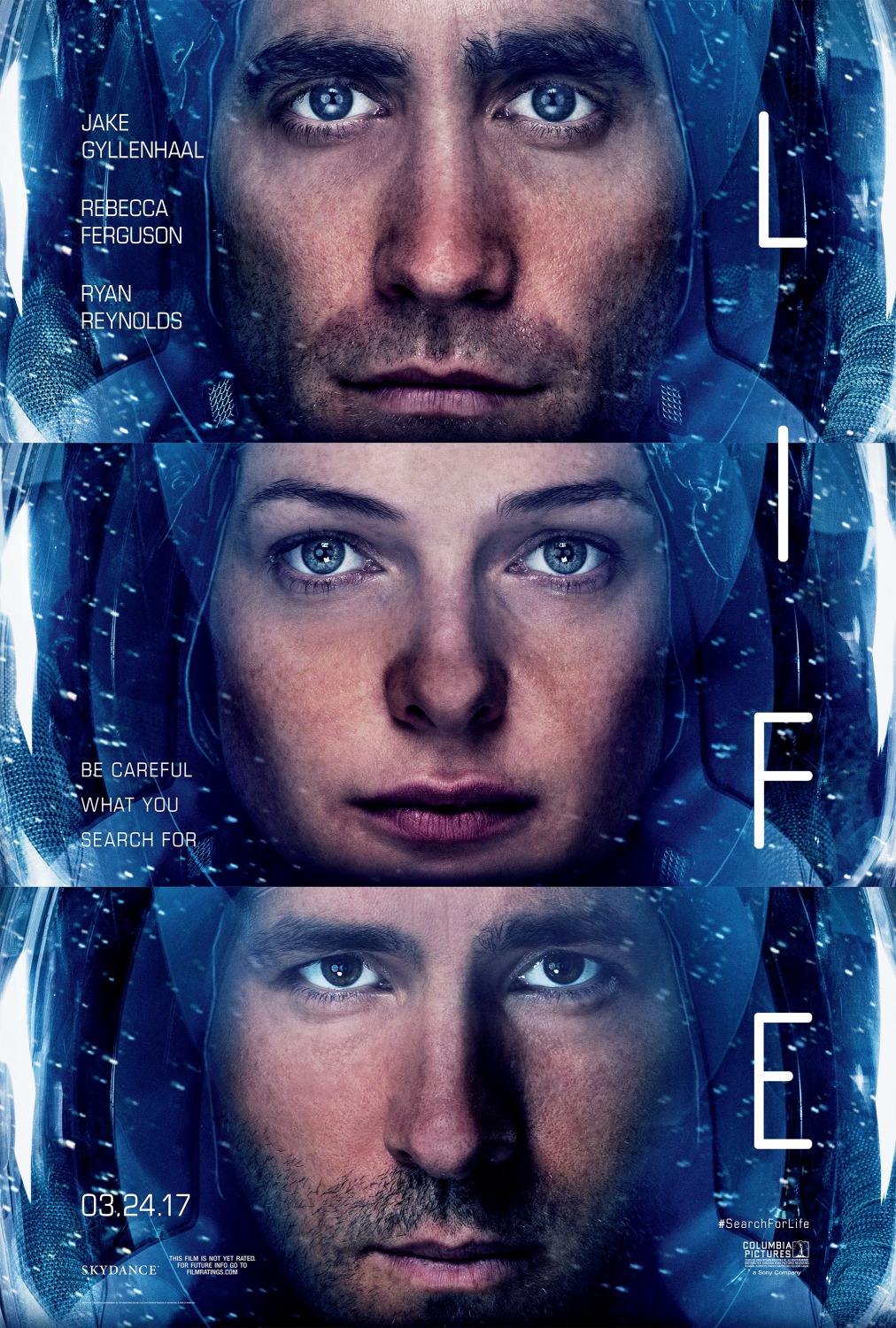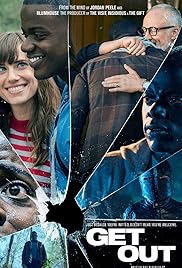When he set out to write IT, Stephen King says he considered the book his "final exam in horror."
By that point in his career King had already published twelve novels and numerous short stories, putting a contemporary spin on many well-established horrors (vampires, werewolves, psychic phenomena, haunted places) as well as creating many new ones (possessed cars, apocalyptic epidemics, rabid dogs) that would go on to terrify and influence two generations and counting of writers, comic book artists and filmmakers.
IT's 1138 pages are a compendium of horror tropes we've come to know and fear--a small town with dark secrets, an ancient evil that preys on children, a gang of bullies, a gallery of monsters, torrents of gushing blood, a weird old house, a giant spider, and a creepy clown named Pennywise who orchestrates the whole thing from his home deep in the sewers of Derry, Maine.
Capturing this sprawl on screen was first attempted in a two-part television mini-series that turned out to be more fondly remembered than it was received in 1990. Now, twenty-seven years later (coincidentally the same time between IT's fabled appearances) comes a new incarnation: the big-screen, big-budget adaptation.
Awareness for the remake has been intense, thanks to anticipation on the part of King's and the book's fans, and a clever marketing plan that's been doling out sneak peeks and advance notices since at least this spring. And it's worked. During IT's first four days in theaters the film has already scared up $117 million, making it the biggest opening weekend for an R-rated horror film, with the biggest single-day ticket sales. IT is now on track to become the highest-grossing Stephen King film of all time.
So, yeah. Big book + big movie = big money. But should you see it if you already haven't been shoveled in by all the hype and excitement?
IT's screenwriters wisely cut King's epic right down the middle, severing the first half--which covers the origins of the teenaged Loser's Club and their first showdown with Pennywise--from the second--when they return to face the horror again as adults. Had the film turned out to be a box office dud, it could have existed perfectly well without a sequel, though that's almost assured now, given the early success.
Director Andy Muschietti has updated King's 1950s setting to the late eighties, though the nostalgia reads as more timeless than period-specific. Interiors have an aged and dingy feel, and the props (especially the ever-present bicycles) look like holdovers from a much earlier time--appropriate for a film and town where more than a hundred years of dark history is ever-present.
 Where IT feels completely up to date is in its technical details. The sound design places odd effects throughout the auditory space, creating the uneasy sense that something is coming without ever revealing where it's going to appear. The visual effects support the story without calling undue attention to themselves, and give Pennywise several awful, imaginative entrances and forms.
Where IT feels completely up to date is in its technical details. The sound design places odd effects throughout the auditory space, creating the uneasy sense that something is coming without ever revealing where it's going to appear. The visual effects support the story without calling undue attention to themselves, and give Pennywise several awful, imaginative entrances and forms.About Pennywise the dancing clown: the makeup and Janie Bryant's costume design conjure up a tattered Victorian-era Bozo that pays respect to Tim Curry's memorable TV portrayal. Bill Skarsgard ably handles a showy but precarious role that could have easily descended into ludicrousness, dragging down everything else with it.
The young cast (adults, when they appear, are oblivious, threatening and even monstrous) all turn in brave and sophisticated performances. Each member of the Loser's Club is a specific, identifiable type. But special praise goes to Sophia Lillis, who's luminous as Beverly, the group's sole female member, and Jeremy Ray Taylor, who emerges as its hopeful romantic.
Those familiar with King's canon--and who isn't?--will catch nods to it throughout the film. The Loser's Club and Derry's town bullies are reminiscent of Stand By Me's two warring groups of adolescent males; the geysers of blood that terrify Beverly call to mind both Carrie and Kubrick's gushing elevator in The Shining; the old house that sits atop the well to hell could moonlight as the Marsten mansion in 'Salem's Lot.
And that's where any complaints I might have about IT come in. King's work--on both the page and screen--is so well known, its mastery and popularity so universally acknowledged, that any elements of novelty and surprise go missing. IT feels familiar, in ways that are both wonderful and predictable. As King himself said, it's the final exam of horror, and as such, it necessarily represents material that he and a lot of us have already covered.









